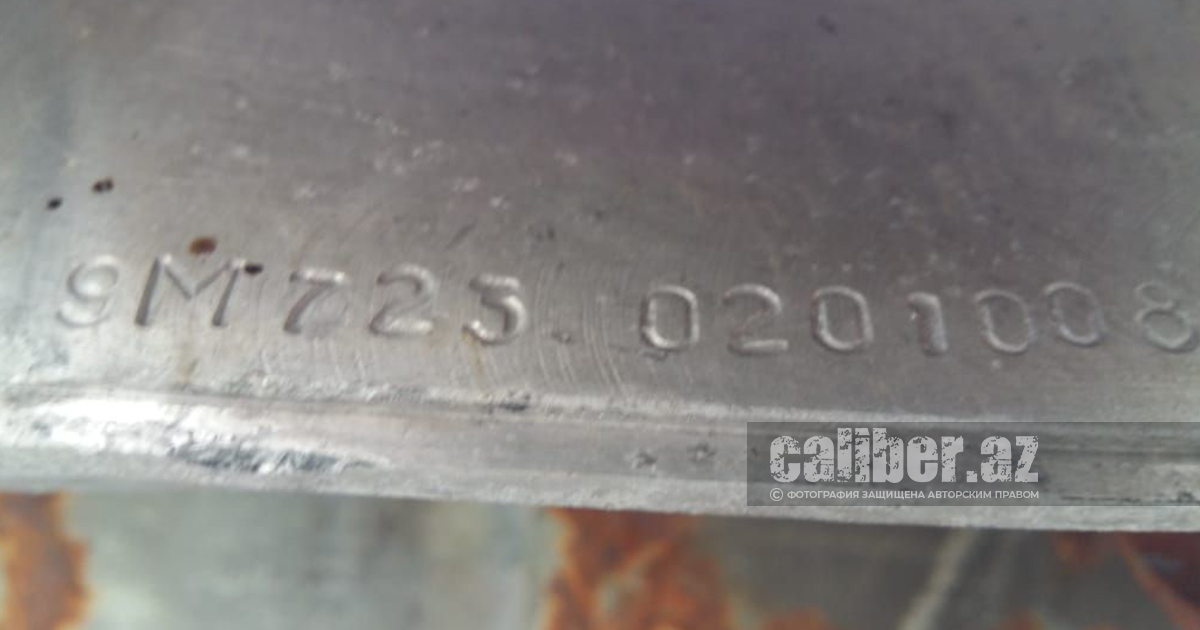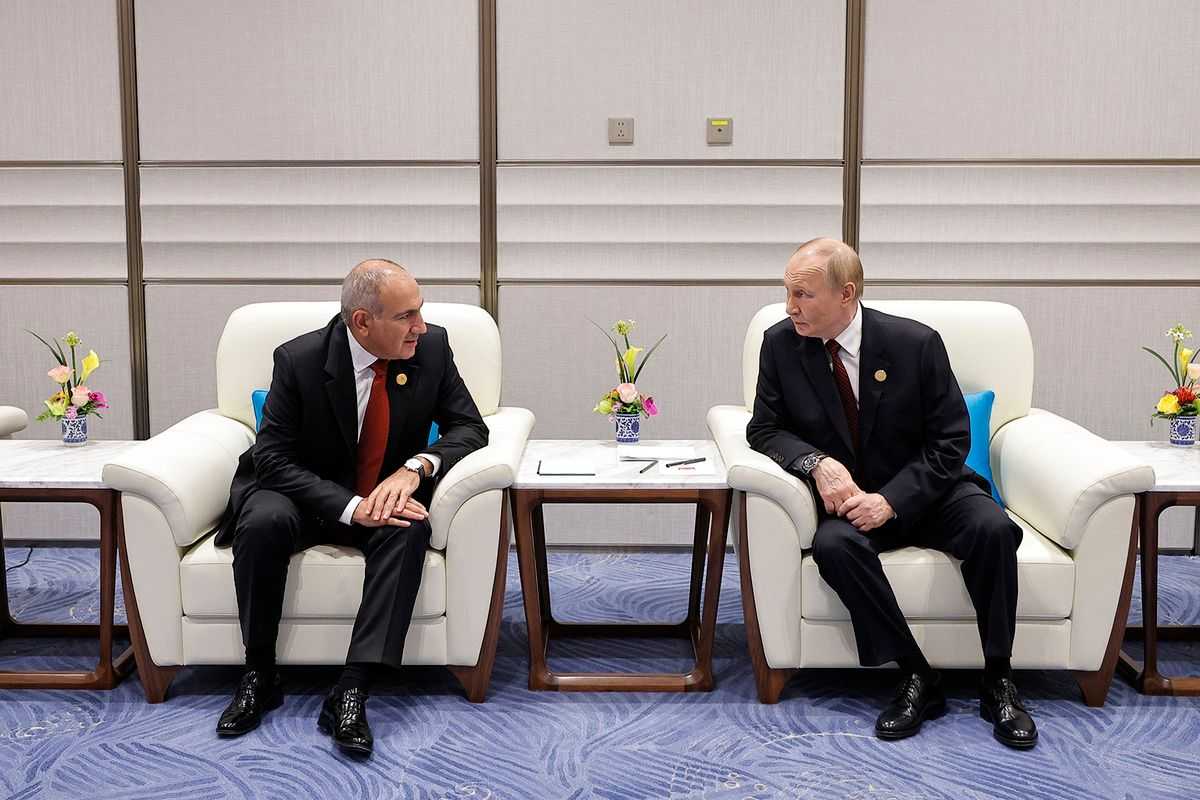
A month after denials by Russia, Armenia, and Azerbaijan that Armenia had used Iskander missiles during the Second Nagorno-Karabakh War, an Azerbaijani state body published new evidence that Armenia had indeed used them.
Azerbaijan’s National Agency for Mine Action (ANAMA) published coordinates of the location of two alleged missile strikes in the city of Shusha (Shushi) as well as photos that appeared to show fragments of the missiles. The fragments contained serial numbers that identified them as Iskander missiles.
An ANAMA representative stated that they had found the missile fragments on 15 March.
Along with Russia and Algeria, Armenia is the only country to possess the Russian-made missiles.
This new evidence of the missiles’ use came a month after Armenia’s Prime Minister criticised the Russian-made missiles as only exploding at a rate of ‘10%’. The claim was met with a swift rebuttal from the Russian Defence Ministry, who claimed that Pashinyan was ‘misled’ and that no Iskander missiles were used during the Second Nagorno-Karabakh War. After the statement, Pashinyan walked back his claim — and said he agreed with the assessment made by the Russian MOD.
Pashinyan’s initial criticism of the missiles also sparked a national crisis.
Immediately after the comments, Tiran Khachatryan, a member of the General Staff of Armenian criticized Pashinyan’s comments, which resulted in his dismissal; shortly thereafter, the General Staff called for Pashinyan’s resignation. This led to a tense stand-off between the government and opposition, which only partially cooled down when Pashinyan announced that there would be new elections.

[Read more on OC Media: Armenia’s political crisis continues]
On 26 February, Azerbaijani President Ilham Aliyev also denied that the missiles had been used.
‘We did not see any “Iskander” missiles launched’, Aliyev told journalists. ‘This is why, when we heard yesterday’s statement [by Pashinyan on the missiles’ ineffectiveness], we were once more interested [that the missiles may have been used] — but no, we didn’t see them being used.’
On 9 November hours before the signing of the trilateral peace declaration on 10 November, video footage was published online that appeared to show Armenian forces launching two Iskander missiles. Fact Investigation Platform, an Armenian fact-checking organisation, concluded that the footage was enough to confirm claims that Armenia had used the missile during the war.
Later that month, far-right anti-government blogger Artur Danielyan published a video which he said showed the missiles exploding. He claimed the video was filmed on 7 November.
On 16 February, Armenian ex-president Serzh Sargsyan echoed these claims, and criticised Pashinyan for firing the missiles at Shusha near the end of the war, instead of firing them earlier at Azerbaijani targets beyond the line of contact.
Shusha, a hilltop city near the Nagorno-Karabakh capital of Stepanakert (Khankandi), was captured by Azerbaijan during the Second Nagorno-Karabakh War. It had been under the control of Armenian forces since 1992.
Armenia first received the Iskander-E tactical operational missiles from Russia in 2013. The missiles carry 480 kg warheads and have a range of 280 kilometres. Depending on the type of warhead, Iskander fragments can be deadly at a distance of up to 200 meters from the explosion site. According to the Stockholm International Peace Research Institute database, the 9M723-type rockets that ANAMA has published apparent photos of were delivered in 2016.
For ease of reading, we choose not to use qualifiers such as ‘de facto’, ‘unrecognised’, or ‘partially recognised’ when discussing institutions or political positions within Abkhazia, Nagorno-Karabakh, and South Ossetia. This does not imply a position on their status.








